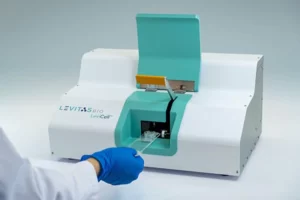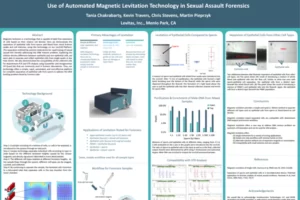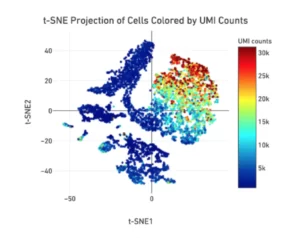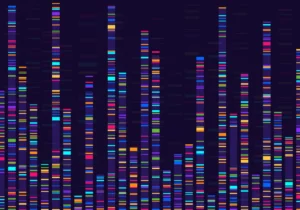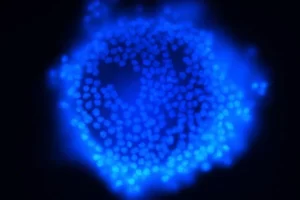Cell sorting and separation technologies are ubiquitous in molecular biology labs. But their popularity occurred despite serious limitations. Here, we look at some of the major challenges in conventional cell analysis tools.
Built-In Restrictions
Flow cytometry is one of the simplest and least expensive techniques for single-cell analysis and isolation, but the approach inherently limits the universe of possible answers. Users can’t look holistically at a population; they must select an antibody as part of the process. This pre-defines the cell population and naturally limits the questions that can be answered. For instance, selecting circulating tumor cells based on EpCAM+ status ignores many potential tumor-derived cells that may be useful for analysis but don’t express the same markers.
Cell Modification
Most cell sorting technologies require the use of a label or stain to detect the cells of interest. Unfortunately, this fundamentally changes the cells and limits the real-world applicability of the information generated in downstream analyses. Cell assays are already known for their broad range of variability, and labeling or staining only adds to the difficulties in predicting outcomes.
Damage or Death
Another hallmark of conventional cell sorting tools is the harm they inflict on the cells passing through. Damage in the sorting process is widely accepted by scientists, but it risks skewing results if some particularly rare but useful cells get lost in the process. Even something as basic as separating live from dead cells can kill so many of the live cells that the experiment is hardly worthwhile.
Magnetic levitation technology from LevitasBio addresses these challenges. The approach gently separates cells based on their response to a magnetic field, no stains, labels, or antibodies required. The unique magnetic and density profiles of different cell types allow for accurate, harmless sorting and collection. This technique is especially useful with precious or difficult samples where losing cells would be a major setback.
To learn more, see how magnetic levitation works.


